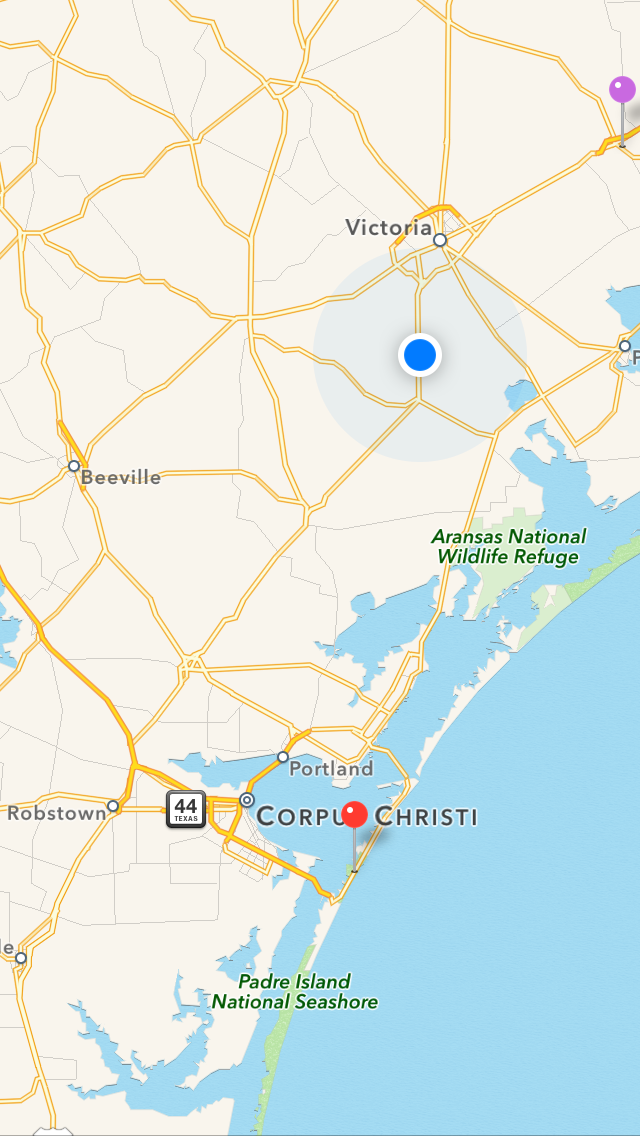Tuesday - We stationed ourselves on the observation deck and set up a soft crate for Vali to keep him away from all the expensive Swarovski spotting scopes set up on the deck! Though we had just missed a kettle of Broad-winged Hawks that flew directly over the site, we did see a number that passed in the distance. My initial impression was how small the hawks were. I was not able to see anything unaided ... and I had forgotten my good binoculars at the campsite. Thankfully, one of the counters let me use a pair and to look through one of the spotting scopes.
I was fascinated to listen to the official hawk counters. Various members of the crew counted Broad-winged Hawks in different parts of the sky and passed their tallies to the head score keeper. They also called out sightings of other raptors mixed in the kettles including Sharp-shinned, Coopers, Peregrine, and others. At the end of the day, the tally was 45,000.
Most of my shots were ruined by the use of a new CPL filter that caused the camera's AF to focus at the wrong point. I did manage to get a single in-focus shot of a kettle.
The show over, we stationed ourselves on the observation deck to look for hawks. From Wednesday to Friday, there had been sporadic heavy rains in the area. This grounded most of the hawk flights. On Saturday, there were still very few hawks flying so we did not see much aerial activity. We did get to see a Green Jay at the feeder and watched a small group of about 20 Wood Storks kettle overhead.
We also saw a few one-off raptors, though likely they were resident. This very ratty looking Red-tailed Hawk circled overhead.
I also saw a close fly by of what I believe is a Red-shouldered Hawk, shown here as a sequence of images.
Sunday - Given that the weather was clearing on Sunday morning, we expected that there would be a heck of a show at HBCP that day. Unfortunately, we had to get back to Georgetown in time to unpack and be ready for the work week. It was tough not to try to justify going back to the viewing site.
Instead, we finished packing and headed home early afternoon. Just south of Victoria, TX, as shown in the map below, I spotted a small kettle of Broad-winged Hawks off to the left of the road and pulled over so we could get out to watch. Amazingly, we were treated to our own personal hawk watch show with many streams and kettles of hawks and storks passing the site. It is interesting to note that this location is the same distance from the coast as Robstown, the location of Hazel Bazemore.
We got to watch both streaming and kettling behaviors from a closer vantage than we had had at Hazel Bazemore. I am estimating that we saw about 500 hawks. Here is one of the kettles.
For size comparison, I managed to get a shot of a couple of Broad-winged Hawks, showing the distinctive white tail band, in the company of a Turkey Vulture which joined them in the thermals.
Another large group of Wood Storks pass though this site as well, passing in several streams and kettling just south of us. Here is a small group of 20 or so traveling in V-formation and then subsequently joining the remains of a kettle of hawks. I estimate that we saw a total of 150 storks.
One group of storks broke off and passed nearly directly overhead.














No comments:
Post a Comment
Relevant comments and questions are welcome but submissions with spam-links will not be published.